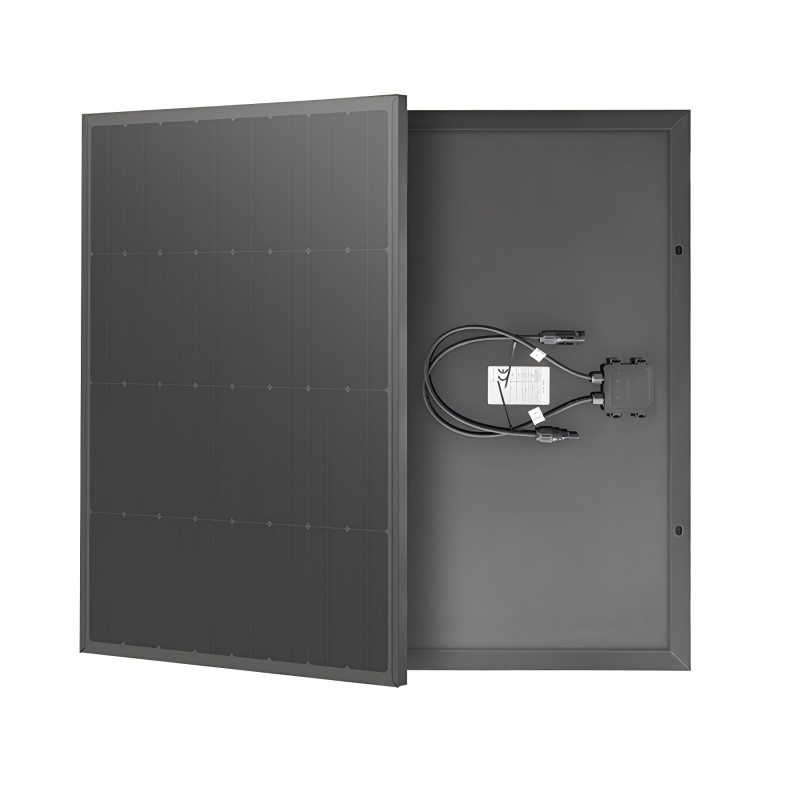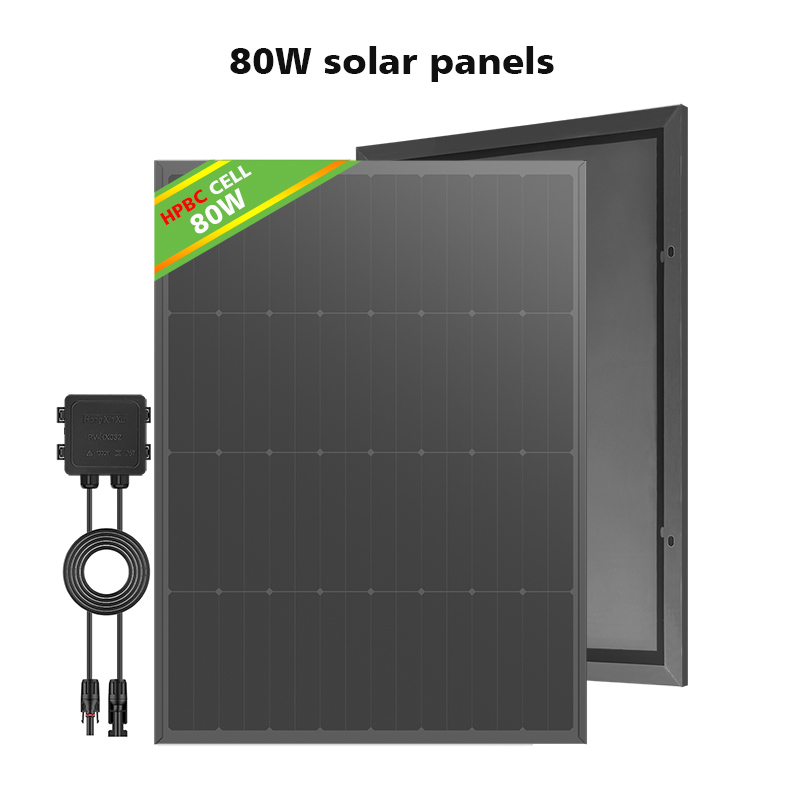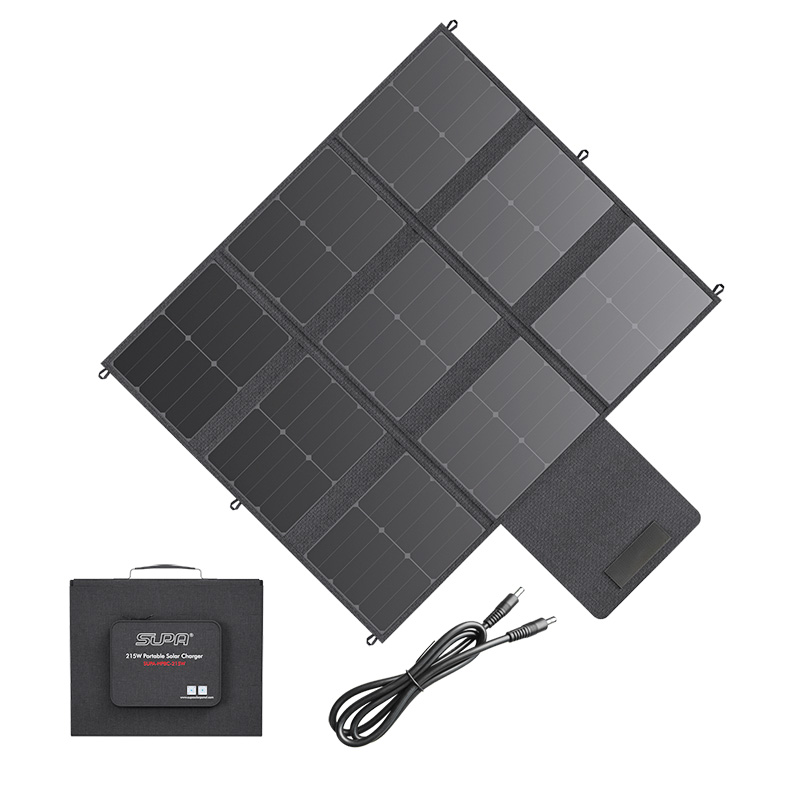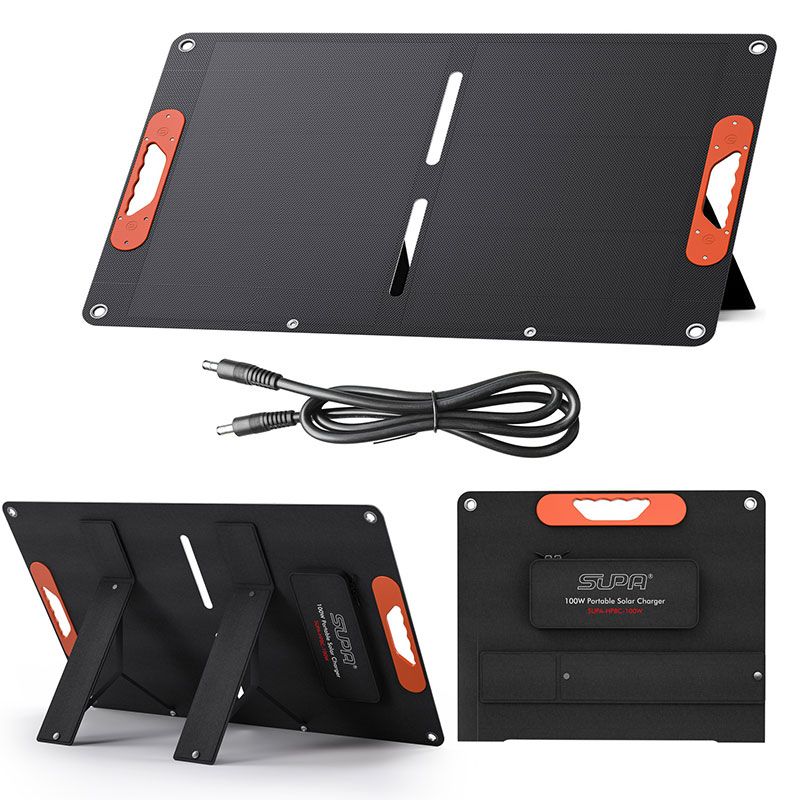Company News
In today’s fast-evolving solar industry, manufacturers and system integrators constantly seek higher conversion efficiency, better adaptability, and durable materials. Enter HPBC monocrystalline solar panels — a new generation of high-performance flexible solar technology that is redefining solar energy deployment, especially in space-constrained or curved applications. But how exactly do HPBC panels contribute to better energy yield and system efficiency?
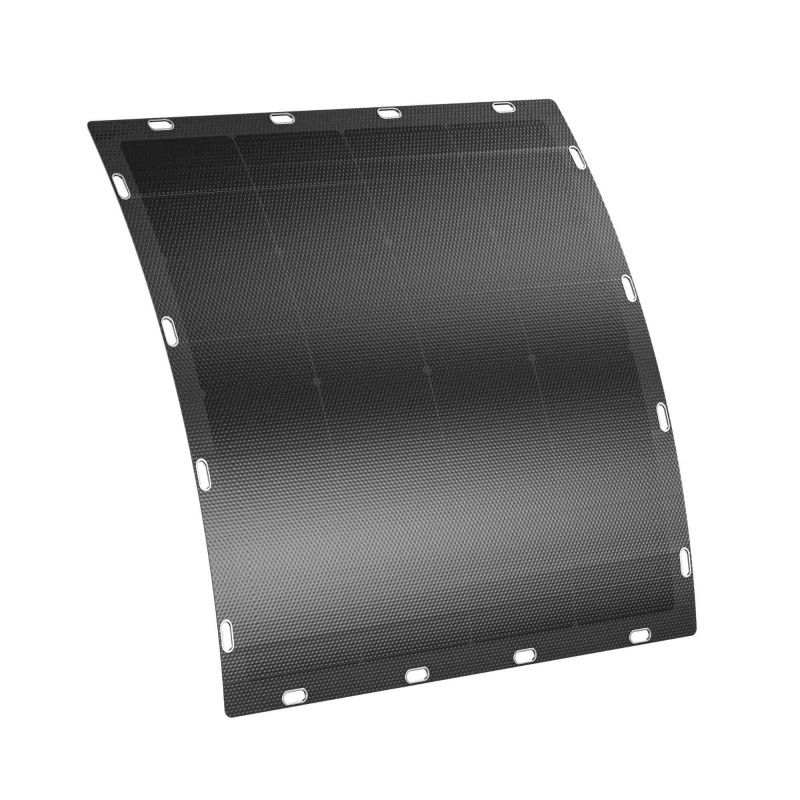
Understanding HPBC Solar Cell Technology
HPBC (Hybrid Passivated Back Contact) solar cell technology uses a unique cell architecture that eliminates the front metal grid. Instead, all electrical contacts are located on the back of the cell, minimizing optical losses caused by shading and enabling more surface area to capture sunlight. This structure results in better photon absorption and higher energy conversion rates. Compared to traditional PERC or TOPCon cells, an HPBC monocrystalline solar panel achieves greater efficiency without significantly increasing production complexity or cost. By adopting HPBC architecture, the panels reduce resistance losses and improve carrier collection, particularly under diffuse or low-light conditions. This makes them ideal for mobile installations, marine uses, or off-grid solar systems where light conditions vary throughout the day.
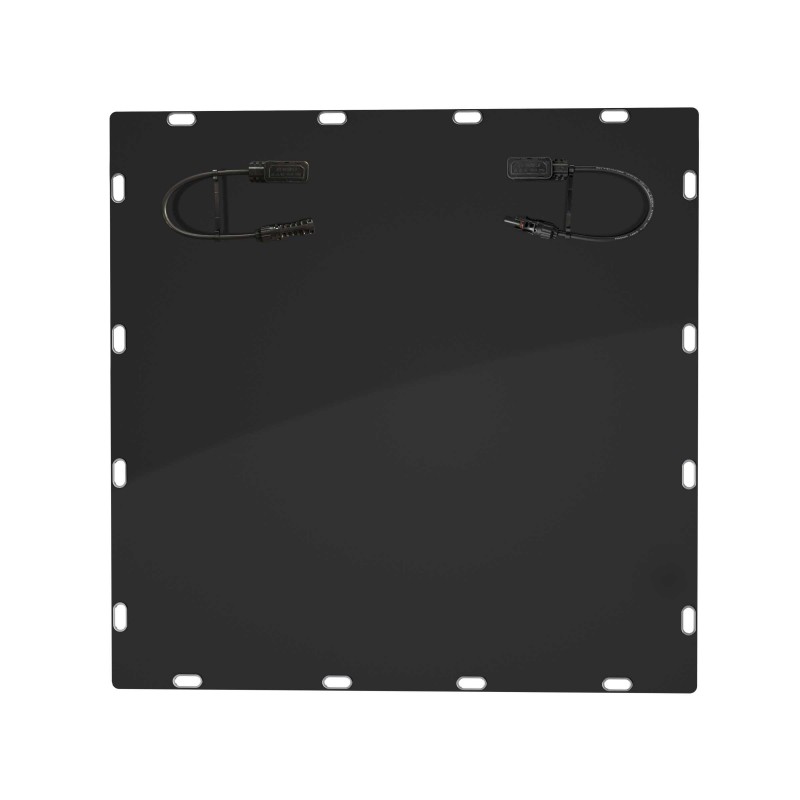
Why Choose High-Efficiency Flexible Solar Panels?
The key benefit of integrating HPBC cells into flexible panels lies in their ability to deliver high efficiency even in compact or curved applications. A high-efficiency flexible solar panel not only saves space but also adapts to irregular surfaces—such as rooftops of RVs, boats, or portable solar kits. Traditional rigid panels cannot match this level of design freedom or versatility.
Additionally, their lightweight construction makes them easier to transport and install. In large-scale deployments or commercial mobile systems, this translates into significant savings in both labor and structural support costs.
| Feature | Traditional Solar Panel | HPBC Flexible Solar Panel |
|---|---|---|
| Front Contact Design | Yes | No (rear only) |
| Light Absorption Efficiency | Moderate | High |
| Adaptability to Curved Surface | No | Yes |
| Weight | Heavy | Lightweight |
| Efficiency in Low Light | Average | Excellent |
Applications: Beyond Flat Roofs
Flexible solar panels with HPBC technology extend the usability of photovoltaic systems beyond standard flat installations. Whether mounted on tents, industrial vehicles, or urban infrastructure, these panels maintain their performance in dynamic environments. For solar panel suppliers looking to diversify offerings, HPBC flexible panels open new markets, from mobile power solutions to military-grade off-grid systems. Additionally, the back-contact design enhances safety in humid or salt-laden environments, where corrosion of front-side metal contacts can degrade conventional modules. The durable encapsulation of flexible HPBC monocrystalline solar panels makes them highly resistant to mechanical stress and environmental degradation.
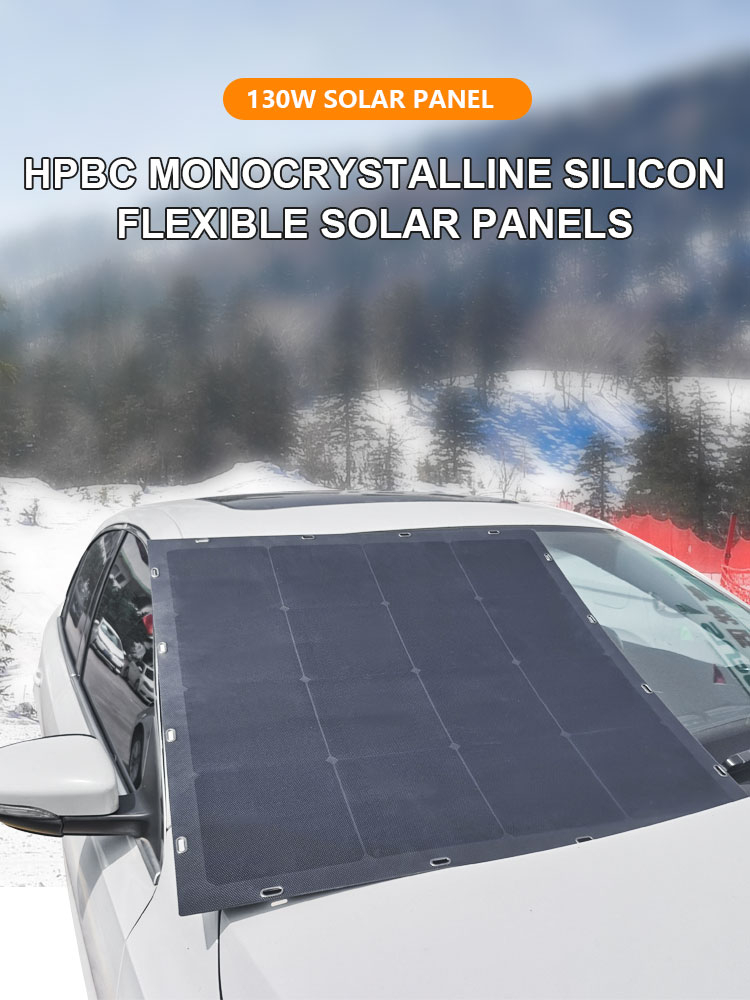
Choosing the Right Solar Panel Supplier
Not all solar panel suppliers provide the same level of quality, testing standards, or customization capabilities. When selecting a supplier for an 80W–300W HPBC monocrystalline flexible solar panel system, ensure they:
Offer verifiable cell efficiency ratings (above 23%)
Provide test data on real-world temperature coefficients
Comply with IEC, CE, or UL certifications
Customize voltage/current outputs for specific applications
These factors significantly affect long-term ROI and operational reliability.
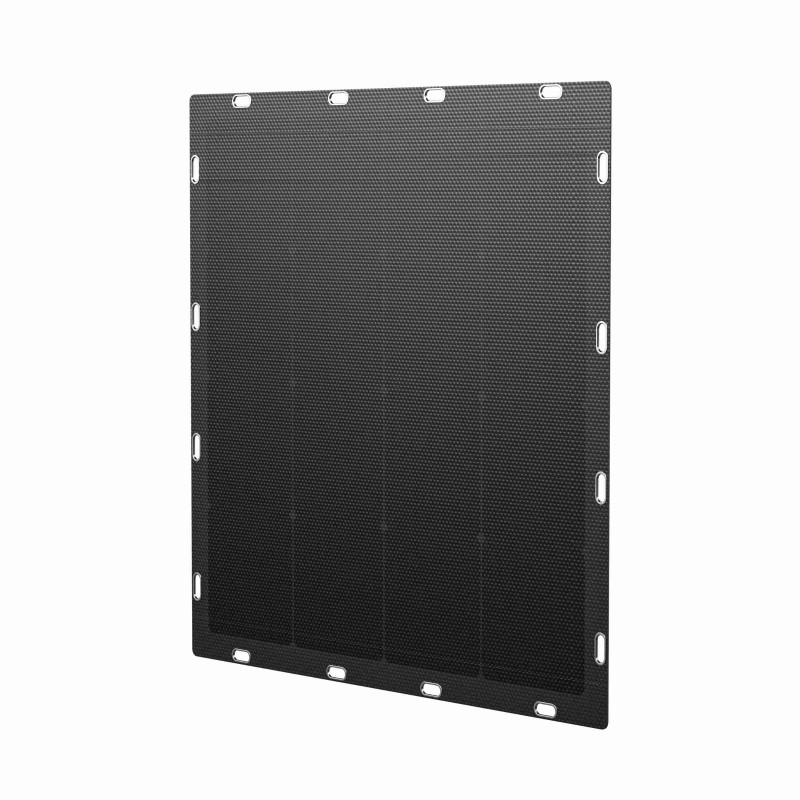
Conclusion: Are HPBC Flexible Panels Worth It?
Yes — HPBC monocrystalline solar panels offer a significant efficiency advantage over traditional technologies, especially in non-standard installations. Their flexibility, light weight, and superior energy output under real-world conditions make them a smart choice for users who demand performance without sacrificing design freedom. If your project involves curved surfaces, mobile platforms, or high-demand energy output in a small footprint, HPBC technology should be on your radar. Choosing the right high-efficiency flexible solar panel backed by a trusted solar panel supplier will ensure your system meets both performance and durability expectations. Ready to upgrade your solar efficiency? Explore the power of HPBC monocrystalline flexible panels today.

